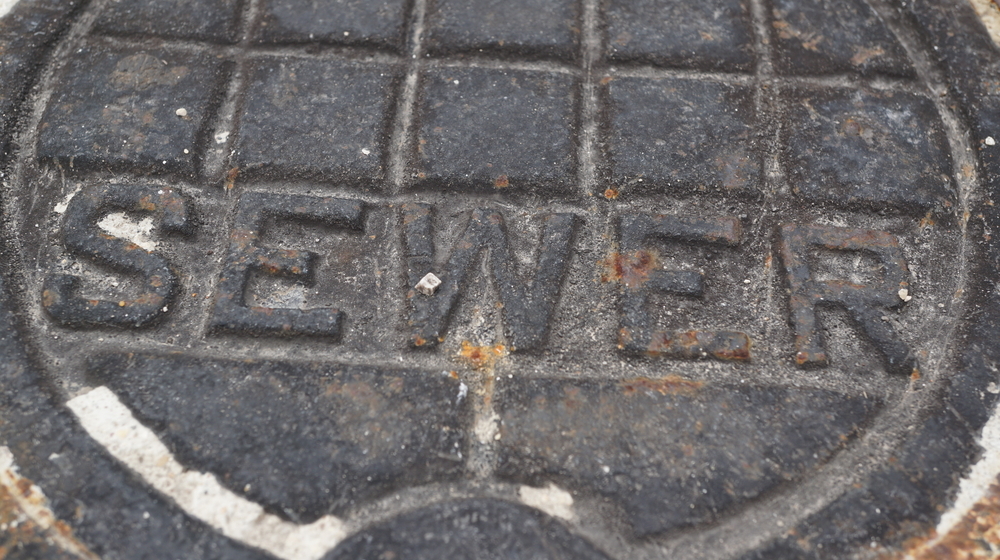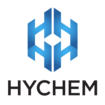Does your protective coating meet industry specifications?

The Water Services Association of Australia (WSAA) provides a number of manuals, codes, standards, specifications and tools to ensure the continued performance of water and wastewater infrastructure. Following the relevant documents will help make sure that a high-quality level of workmanship and long-term performance is achieved.
DR WSA 201—2017-2.1 Manual for Selection and Application of Protective Coatings is one of the manuals provided by WSAA to advise on the selection and application of protective coatings.
It sets out standard requirements for applying protective coatings and was created to be used by those specifying and applying coatings and linings for water and wastewater assets, as well as for similar assets where corrosion protection is integral to good asset management.
The manual is not a standalone document and should be used together with other relevant Australian and international standards, and other documentation issued by product suppliers to facilitate the development of integrated specifications.
Selecting the coating
According to the manual, one of the key considerations that needs to be taken into account when selecting a coating is the environmental conditions the asset is exposed to.
Environmental conditions can have an effect on the durability of a protective coating and need to be considered when making a selection.
Conditions at each site can vary widely, from severe to benign, with the possibility of a combination of macro and micro climates also being present. These include humid underground conditions, chemical and gas exposure, sun exposure, salt spray, and weather conditions.
These all present different corrosion rates so it’s essential to choose a protective coating that will protect the structure from all the different elements that may be present.
Different assets also have different requirements for the level of protection required, depending on a number of factors including criticality, required life and accessibility for maintenance.
To help with the selection of coatings, the manual provides a number of general requirements that coating systems for concrete should meet:
- Resistant to chemicals present at the site, fluid loads and frequency. Other factors that need to be taken into account are the vapour phase, abrasive media and cleaning agents
- Ability to withstand the expected thermal load
- Resistant to the expected weather and temperature change load at the site caused by exposure to the medium, operating conditions or cleaning processes
- Resistant to regularly expected mechanical loads
- Ability to bridge discontinuous cracks less than 0.1mm wide
- Firmly bond with the substrate and, in the case of multi-layered structures, with itself
- Resistant to aging processes caused by heat
- Resistant to weather influences if the asset is outdoors
- Resistant to, and compatible with, the expected alkaline load by the cementitious substrate
- Resistant to expected cleaning processes
- Resistant to the effect of micro-organisms
Increasing service life
Water and wastewater structures have a design life ranging from 25 years to 100 years.
Colin Murphy, Product Manager at Hychem, said, “Protective coatings will prevent these structures from corrosion and wear and tear, therefore increasing their service life.
“At Hychem we have a range of products suitable for both the water and wastewater industry that meet the specifications set out in DR WSA 201.
“Under section 8.13, EUH (epoxy ultra high build), which is designed for sewerage environments, a specified thickness between 2.4 and 3mm is needed. Hychem TL5 can be spray applied to satisfy this requirement in a single pass or application.
“Hychem TL9 for chemical bunds also meets the specifications for section 8.20 NOV (novalac epoxy).
“We’ve got clients who coated their assets over 20 years ago, who reported that inspections found minimal change to the coating.
“At Hychem, we understand that the success of any coating system requires careful examination of all design and material criteria. It is this understanding that makes Hychem stand out from the crowd.”
